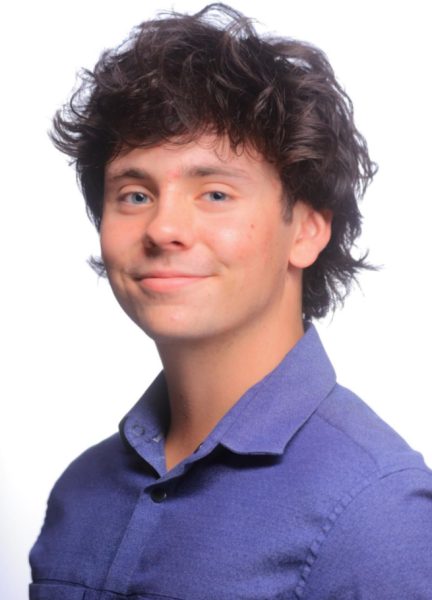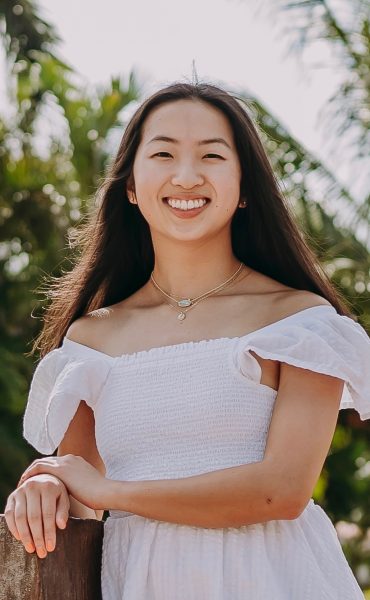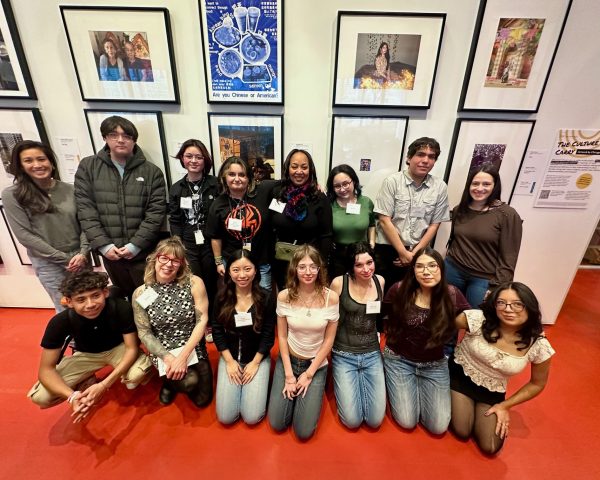Sex: An undiscussed topic for LGBT youth
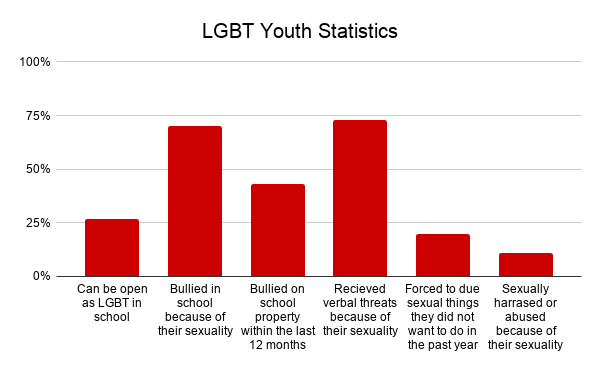
Data compiled from the national 2018 LGBT Youth Report by the Human Rights Campaign and the University of Connecticut shows percentages of LGBT youth that struggle with various forms of oppression.
Like all freshman, May Hyde was required to take Health. The classroom was not a comfortable environment for Hyde. The combination of feeling anxious and feeling like the only member of the LGBT community in her class made her feel like she could not ask questions or be vocal about her issues.
At Lane, all freshmen take one semester of Physical Education and one semester of Health. The Health curriculum covers a variety of topics, from eating well to drug and alcohol abuse. One of the key units in the health curriculum is the sexual health education unit.
Despite the sexual health unit being one of the longer, more detailed units, many LGBT students said that they feel like they are left out of the conversation.
“There’s little to no information provided during sex education courses at public schools,” Angela Davis, Div. 167, said. “We, LGBT youth, do not get the same acknowledgment, or it’s not viewed as an important thing to discuss which is unfortunate since LGBT youth will not know what is safe for them or not.”
According to an article published on GLSEN, an LGBT foundation, only about 19% of U.S. secondary schools have sexual health programs that are inclusive of LGBT youth.
Ms. Fregoso has been teaching health at Lane since 2012, but since then, she has seen many changes to the program. She said that when she initially started teaching, there was not a CPS sexual health program; it was taught strictly from the book.
“They have only incorporated CPS sexual health in the 2017-2018 school year. That was my first year teaching CPS required sexual health,” said Ms. Fregoso. “We used to teach straight from the book, and I don’t even think in the book it discussed topics like identity.”
Today, the sexual education program has advanced to be more inclusive. In the CPS guidelines for sexual health, the final rule states, “The word gay will not be used in a derogatory manner.” Although this rule attempts to create a safer, more welcoming environment for LGBT youth, some students believe this rule is just in place as a precaution.
“I feel like the rule is there so CPS does not get sued or people cannot say that they are not inclusive or they do not protect the LGBT youth,” Davis said.
Both Davis and Hyde have similar experiences of teachers failing to implement this rule. Hyde said that sometimes teachers are not around when homophobic slurs are used, while Davis said that teachers never call students out about it.
“The purpose of this rule is to make it seem as if the system cares, but it does not,” Hyde said.
Ms. Fregoso believes that the lack of LGBT inclusivity in the curriculum is due to maturity. Fregoso discussed how there is a CPS health curriculum for all high school grade levels, Lane just does not offer health after freshman year. As the students get older, the curriculum gets more mature with the topics shifting from exercising and eating healthy to identity and sexual violence.
“LGBT is a little incorporated, but not as much as you would think it should be, and that’s because it is seen as more mature and would be addressed in the sophomore curriculum, which isn’t even offered,” Fregoso said. “The only time I would find that LGBT health would be incorporated is if students were to take more health classes.”
Hyde and Crystal, however, have other ideas on how Lane could incorporate LGBT sexual health without creating new classes.
“Get health teachers that don’t have any phobia. Get young health teachers. Get someone open-minded. Talk about exploring sexuality and gender,” Hyde said.
Hyde believes that being inclusive in health class does not mean extreme changes need to be made. She thinks that it is the small changes that will truly make an impact because any big changes could end up doing more harm than good. She says that many members of the LGBT community could feel embarrassed if a big change were to occur, which is why a more subtle change would be more effective.
Looking into the future of sexual education and incorporating the LGBT community Crystal believes that education is the best solution to many of the issues and stereotypes surrounding the community.
“I wish people would just learn about it before they talk about it and spread misconceptions,” Crystal said.
Your donations directly fund the Lane Tech student journalism program—covering essential costs like website hosting and technology not supported by our school or district. Your generosity empowers our student reporters to investigate, write, and publish impactful stories that matter to our school community.
This website is more than a publishing platform—it's an archive, a research tool, and a source of truth. Every dollar helps us preserve and grow this resource so future students can learn from and build on the work being done today.
Thank you for supporting the next generation of journalists at Lane Tech College Prep!
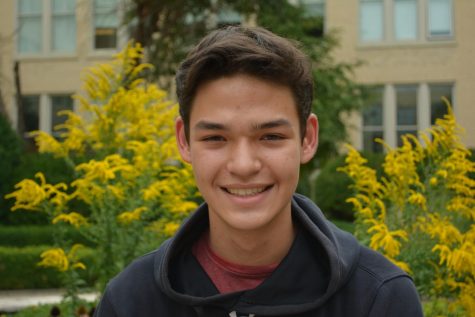
Ryan Fairfield is a Lane Tech senior in his third year of journalism. At Lane, Ryan has been a part of the Omega program since his freshman year and a...

